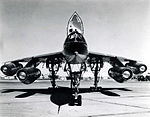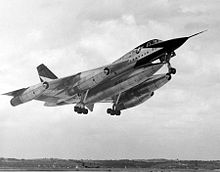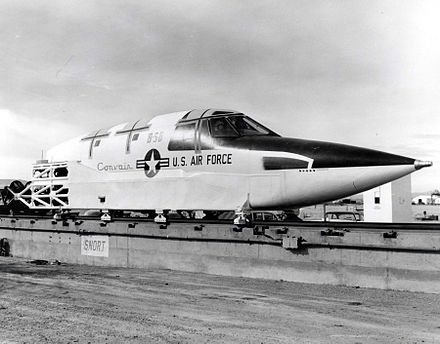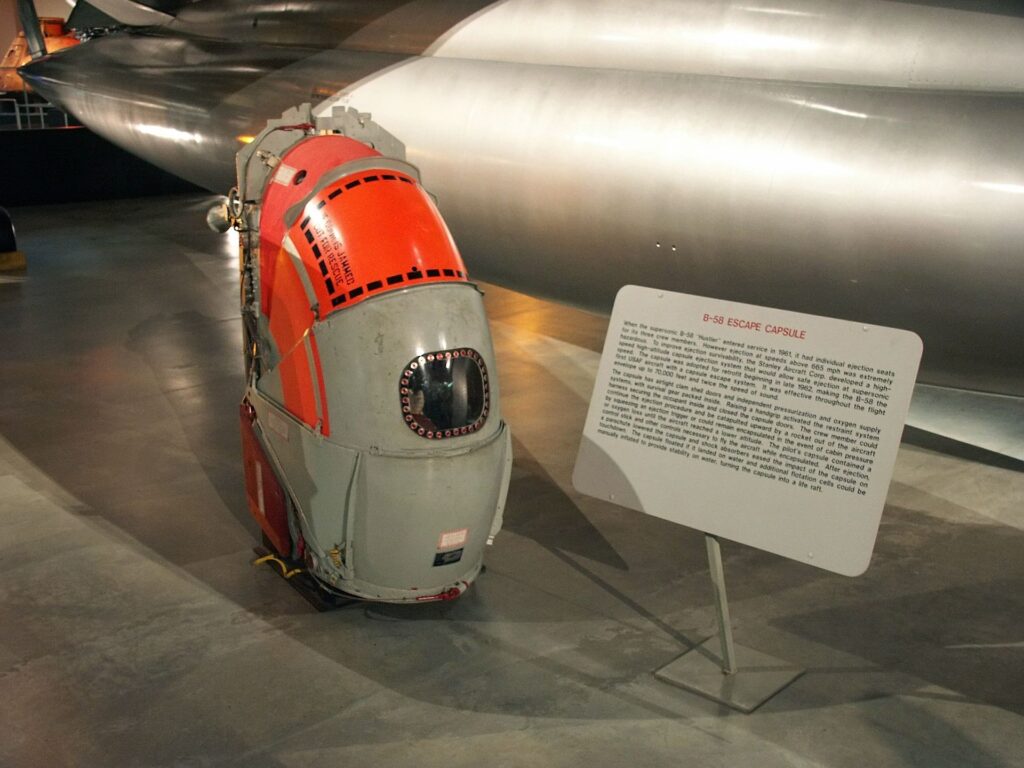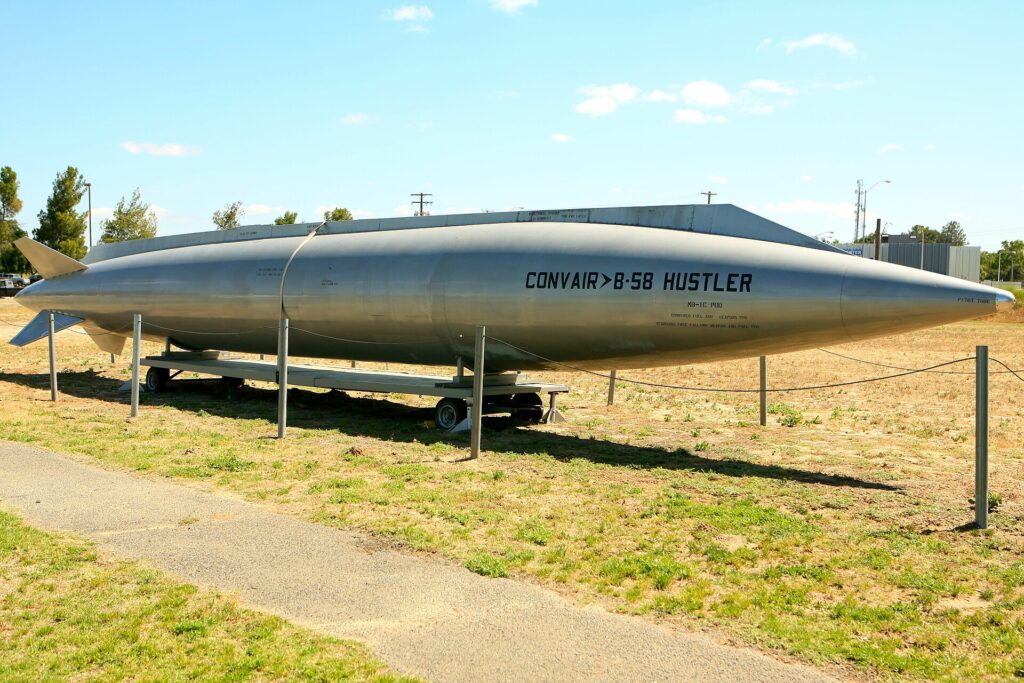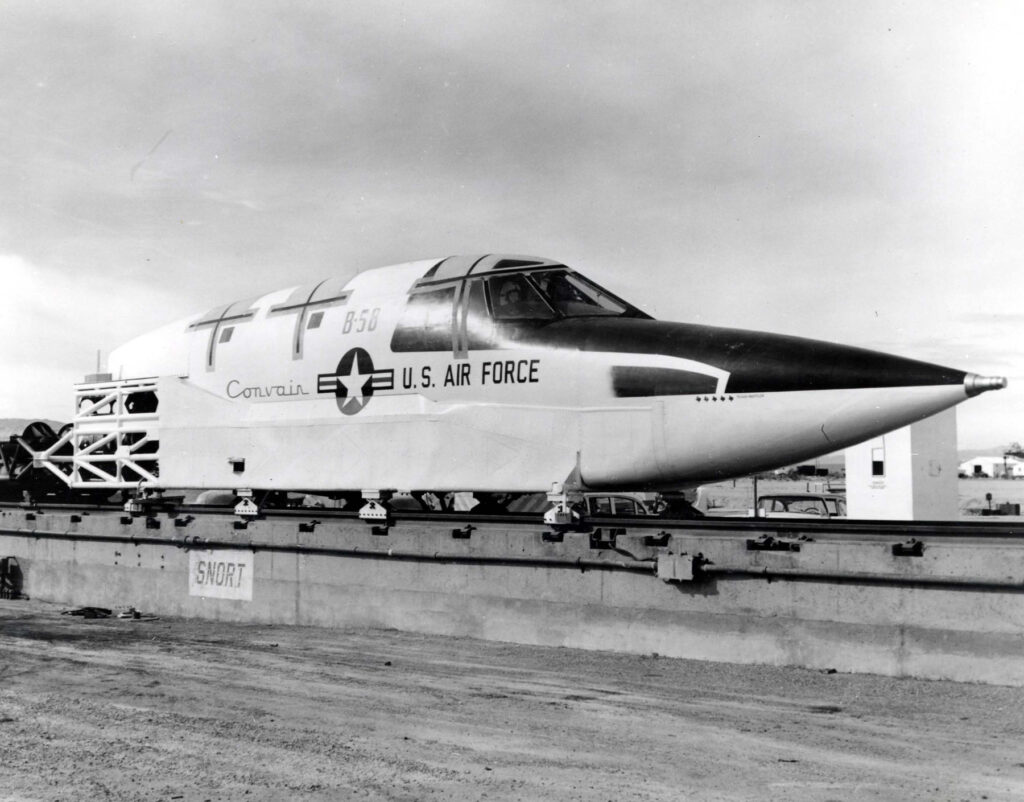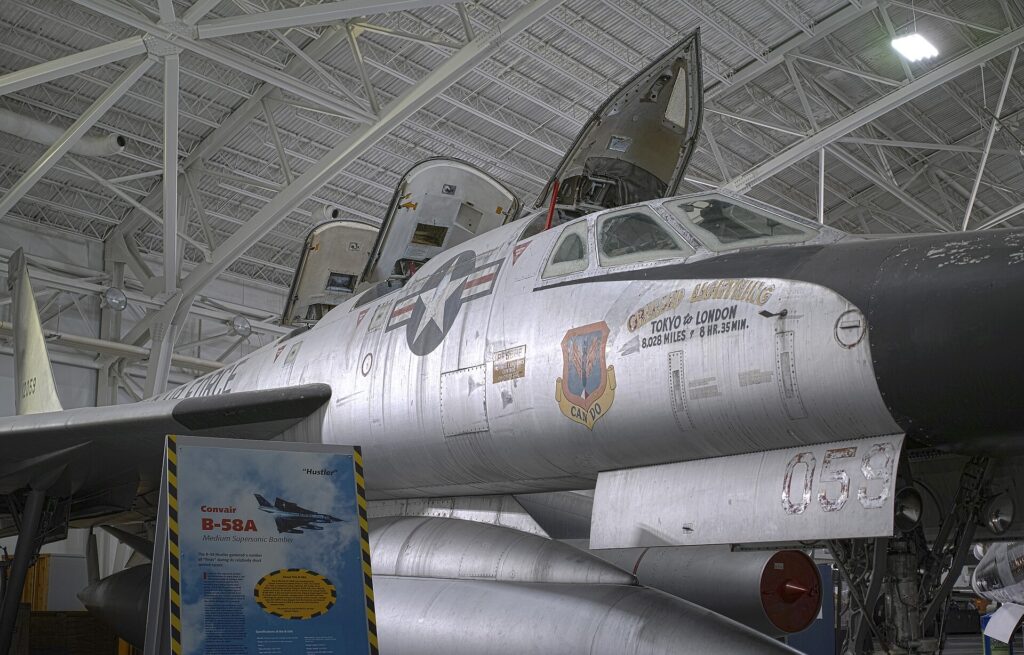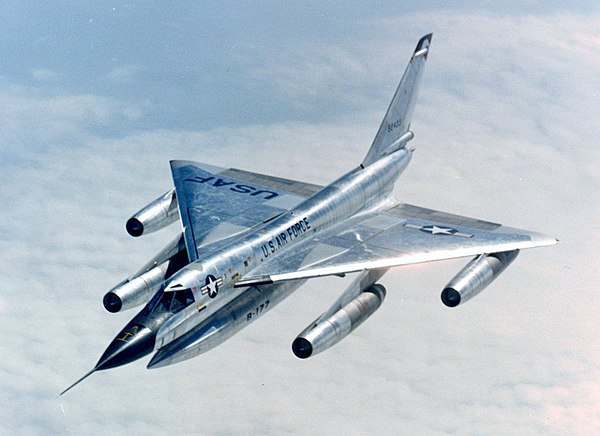
The Convair B-58 Hustler embodied the Cold War era’s pursuit of aerodynamic speed and technological advancement for the United States Air Force. As a groundbreaking engineering feat, the B-58 was the first supersonic bomber capable of reaching Mach 2 speeds in operational service. Yet, despite this distinction, it was consistently marred by significant challenges and an unfortunate reputation for a high accident ratio.
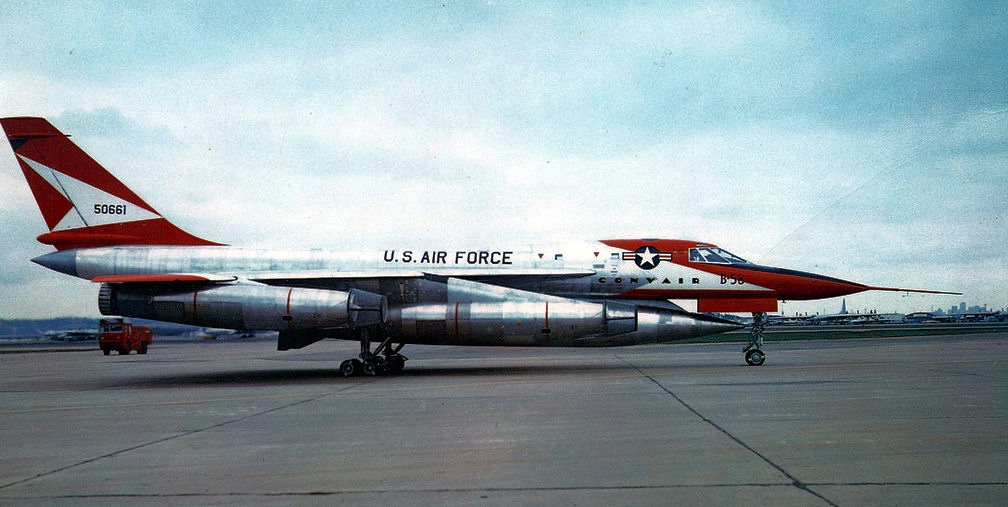
Development of the Supersonic Bomber
Research and development work on the B-58 Hustler began in 1946 with the Generalized Bomber Study, GEBO I, by the US Army Air Corps, which sought a supersonic bomber. By 1949, the GEBO II study offered proposals for a supersonic bomber design from major aerospace companies such as Boeing, Convair, North America, and others. Of them, Convair’s delta-wing configuration proved the best, and in December 1952, a contract was issued to develop what would become the B-58 Hustler. The first flight was on November 11, 1956, and the aircraft entered operational service in March 1960.
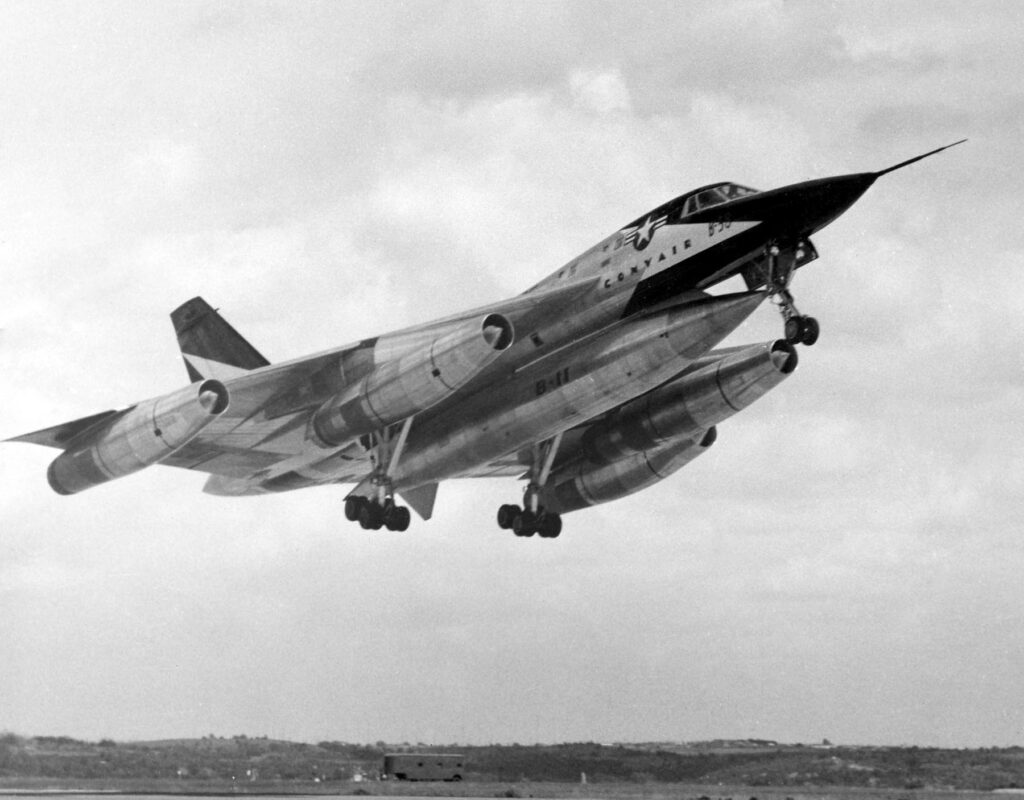
Technical Specification and Performance
The B-58 Hustler was a small but extremely potent aircraft: 95 feet in length with a wingspan of 57 feet. It was powered by four General Electric J79-5A turbojet engines of 15,000 pounds of thrust each. This gave the bomber the ability to achieve 1,325 MPH, with a service ceiling of 64,800 feet and a range of 4,400 miles. Its design was unique, featuring a droppable pod under the fuselage that housed a nuclear weapon along with supplemental fuel.
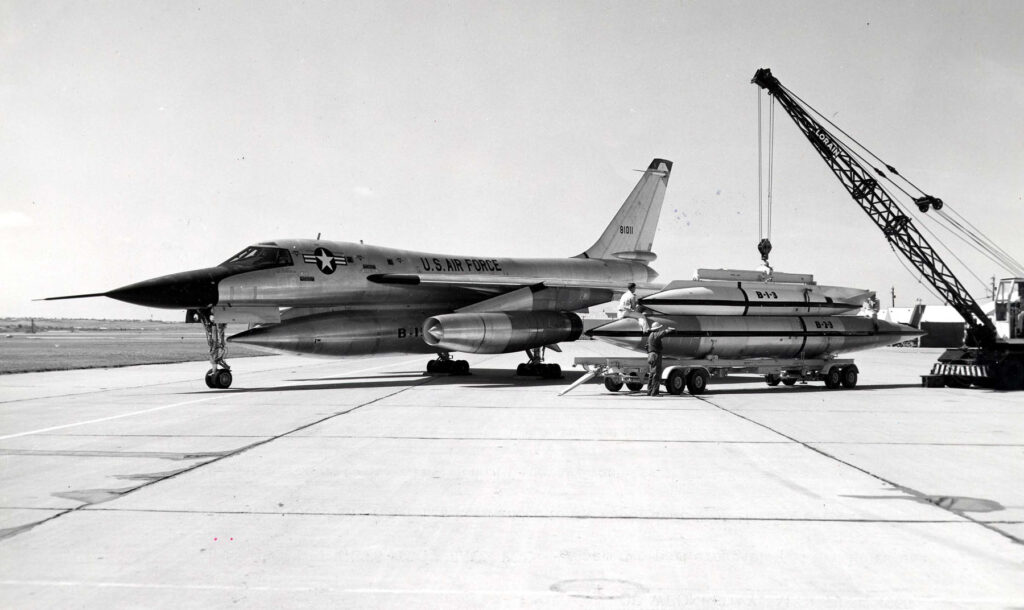
Despite impressive performance, the B-58 was expensive to maintain. In 1961, the program had already cost $3 billion—about $30 billion today—and the maintenance cost per flying hour was well above that of its predecessor, the Boeing B-47 Stratojet.

Unique Crew Configuration and Ejection System
One of the most distinctive features of the B-58 was its crew configuration. The aircraft housed a pilot, navigator, and defense systems operator in separate tandem cockpits, with no physical contact between them. Passing notes was their means of communication, with a string and pulley system to facilitate the procedure. Besides, it had extremely advanced ejection seats, known as “ejection capsules,” enveloping a crew member in a protective clamshell, enabling a safe ejection at supersonic velocity. This system was first tested on animals, including a bear that survived an ejection at supersonic speed in 1963.
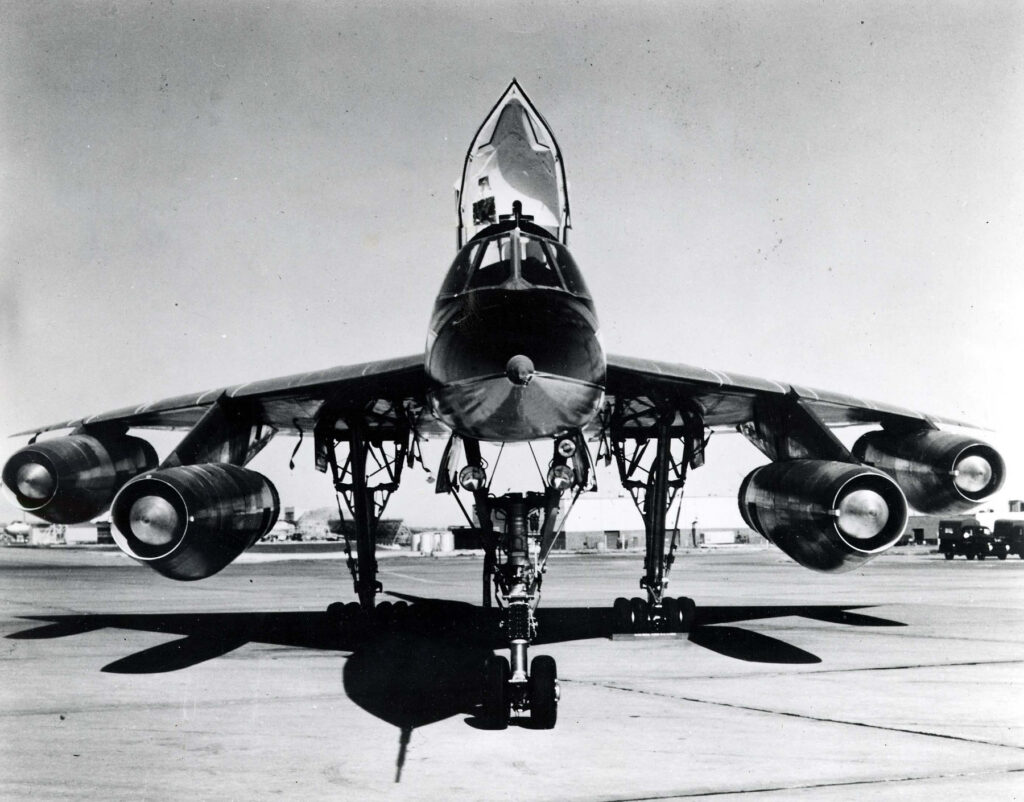
The primary defense of the B-58 was its speed, a concept based on the belief that flying higher and farther, and quicker than most would keep it out of harm’s way. This theory proved not to be so, considering the many accidents this aircraft had. Of the 116 B-58s built, 26 were lost in accidents that killed 36 crew members. Because of its lighter frame, it was more prone to structural failures, which significantly added to the list of this aircraft’s high accident rate.
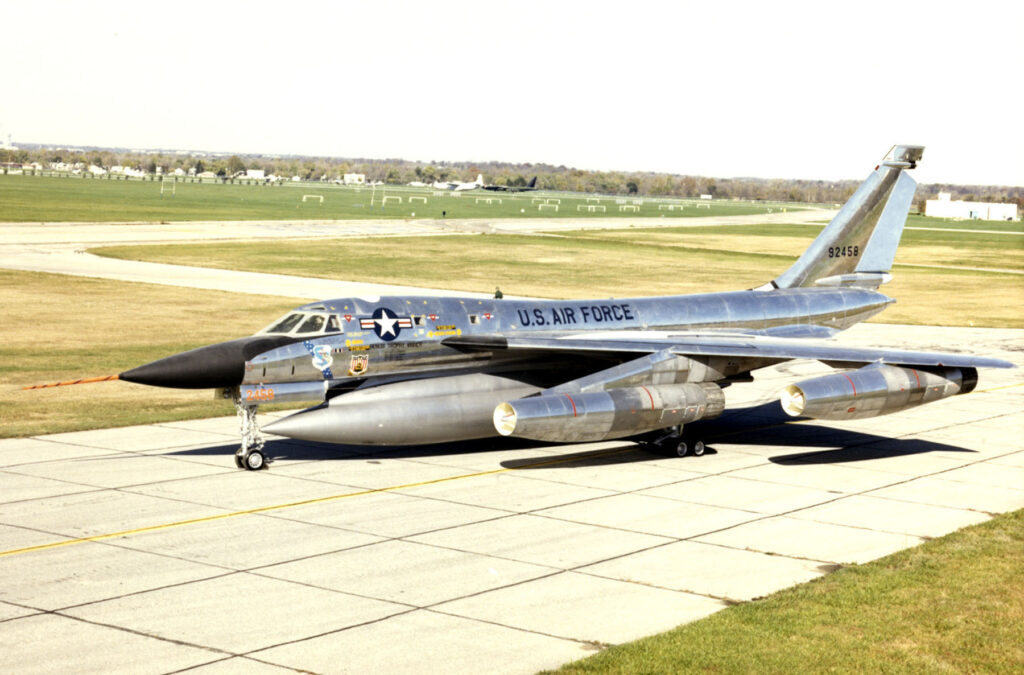
Despite its chequered history, The Hustler held 19 world speed and altitude records and earned five aviation trophies, yet it never saw any action. Very accurate Soviet surface-to-air missiles were put paid to the B-58 for a low-level penetration job; its range and strategic value were drastically cut. It was retired in 1970, and before this, it was not rearranged for non-nuclear bombing missions. Of the 116 built, eight exist today.

The Convair B-58 Hustler will retain its pride of place in the technological achievement and challenge annals that supersonic flight held during the Cold War years and influencing efforts on future supersonic aircraft.
Related images you might be interested.
